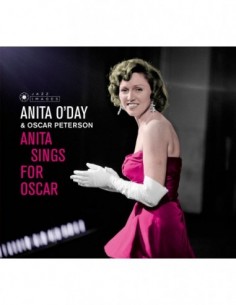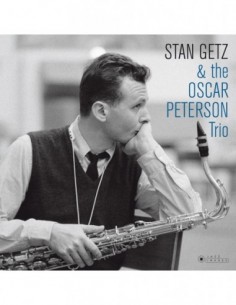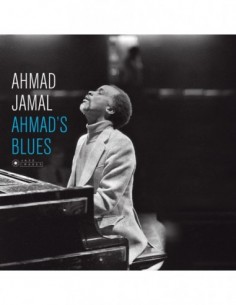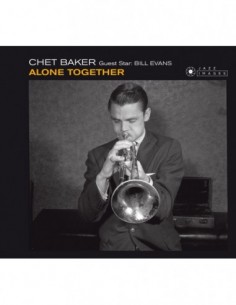The Real Ambassadors W/ Dave Brubeck
Louis ArmstrongJEAN-PIERRE LELEOIR COLLECTION
DELUXE PACKAGING - Thick cardboard Fold Open Digi-Sleeves
INCLUDES 5 BONUS TRACKS
PERSONNEL:
LOUIS ARMSTRONG, trumpet & vocals
CARMEN McRAE, vocals
DAVE LAMBERT, JON HENDRICKS & ANNIE ROSS, vocals
TRUMMY YOUNG, trombone & vocals
JOE DARENSBOURG, clarinet
DAVE BRUBECK & BILLY KYLE, piano
EUGENE WRIGHT & IRVING MANNING, bass
JOE MORELLO & DANNY BARCELONA, drums
New York, July-December, 1961.
(*) Bonus Tracks (16-20):
[16]: PAUL DESMOND, alto sax; DAVE BRUBECK, piano;
NORMAN BATES, bass; JOE MORELLO, drums.
New York, November 16, 1956.
[17-20]: CARMEN McRAE, vocals; PAUL DESMOND, alto sax;
DAVE BRUBECK, piano; EUGENE WRIGHT, bass;
JOE MORELLO, drums.
New York, September 9, 1960.
TRACKS:
01 EVERYBODY’S COMIN’
02 CULTURAL EXCHANGE
03 GOOD REVIEWS
04 REMEMBER WHO YOU ARE
05 MY ONE BAD HABIT
06 SUMMER SONG
07 KING FOR A DAY
08 BLOW SATCHMO
09 THE REAL AMBASSADOR
10 IN THE LURCH
11 ONE MOMENT WORTH YEARS
12 THEY SAY I LOOK LIKE GOD
13 SINCE LOVE HAD ITS WAY
14 I DIDN’T KNOW UNTIL YOU TOLD ME
15 SWING BELLS/BLOW SATCHMO/FINALE
16 SUMMER SONG [instrumental version] (*)
17 WEEP NO MORE (*)
18 BRIAR BUSH [aka SOUTHERN SCENE] (*)
19 PARADIDDLE JOE (*)
20 STRANGE MEADOWLARK (*)
TOTAL TIME: 66:19 Min.
- Format
- CD
- Discs
- 1
- Label code
- 24737
 Cookie preferences
Cookie preferences





















































